-

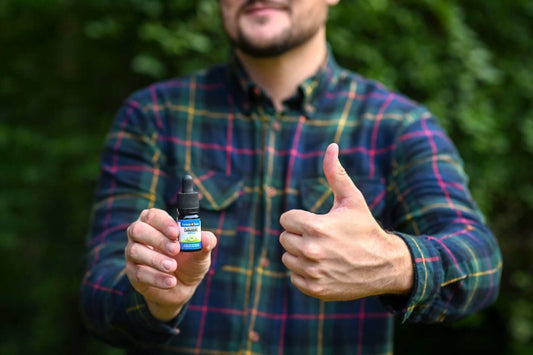 Sale 30% Off for 10 20% Off for 5
Sale 30% Off for 10 20% Off for 5CBD Oil in Hemp Seed Oil
Regular price From €23.00Regular priceUnit price per€25.00Sale price From €23.00Sale -
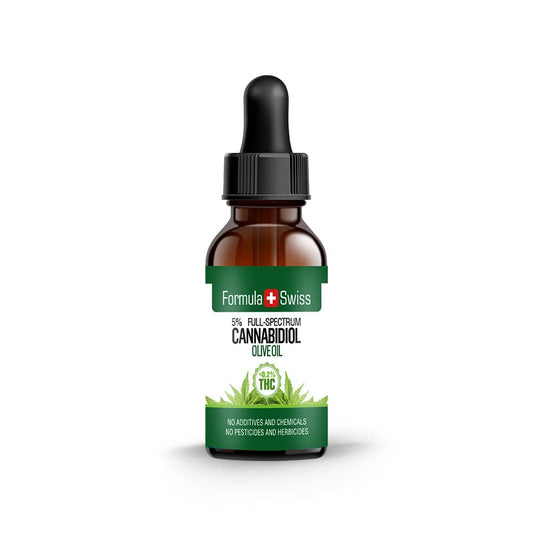
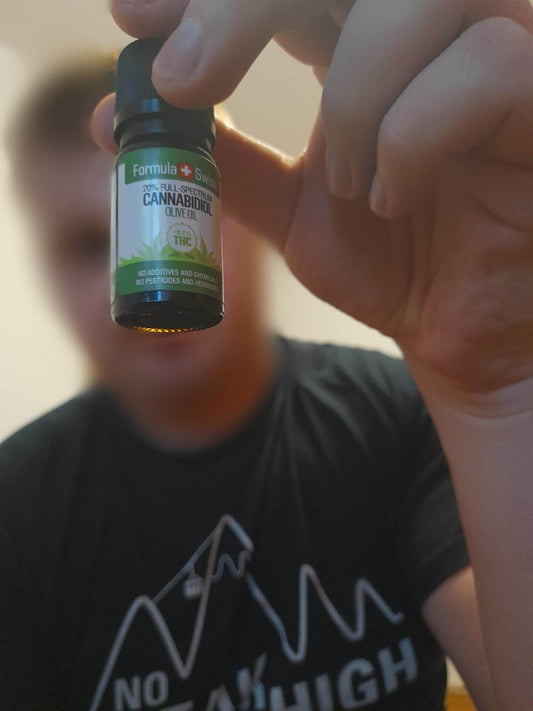 Sale 30% Off for 10 20% Off for 5
Sale 30% Off for 10 20% Off for 5CBD Oil in Olive Oil
Regular price From €23.00Regular priceUnit price per€29.00Sale price From €23.00Sale -
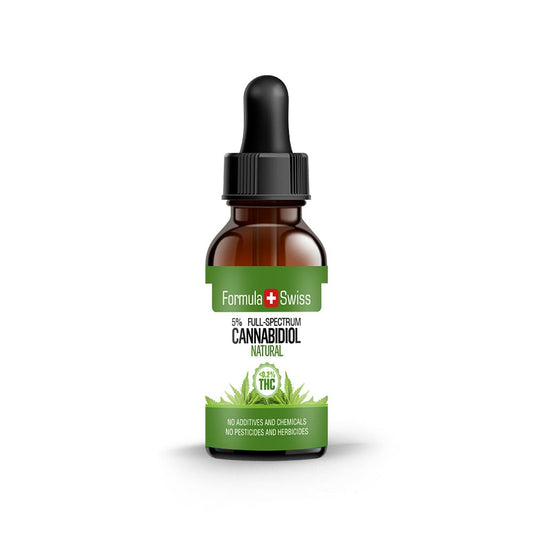
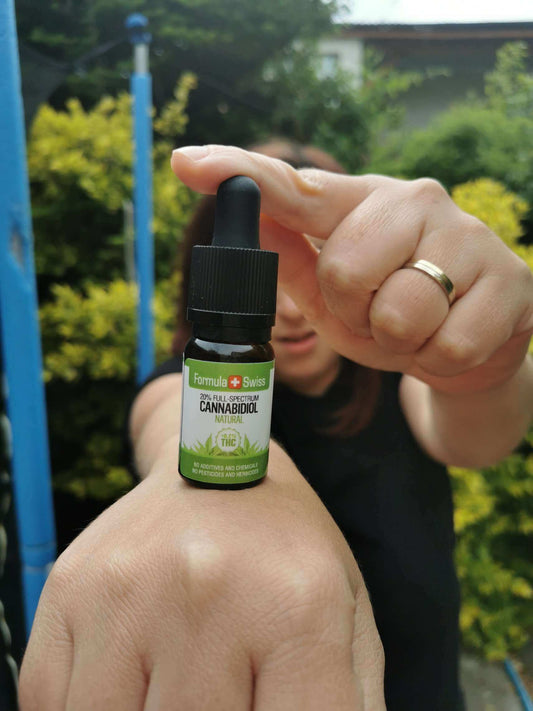 Sale 30% Off for 10 20% Off for 5
Sale 30% Off for 10 20% Off for 5CBD Oil in MCT Oil Natural
Regular price From €23.00Regular priceUnit price per€25.00Sale price From €23.00Sale -
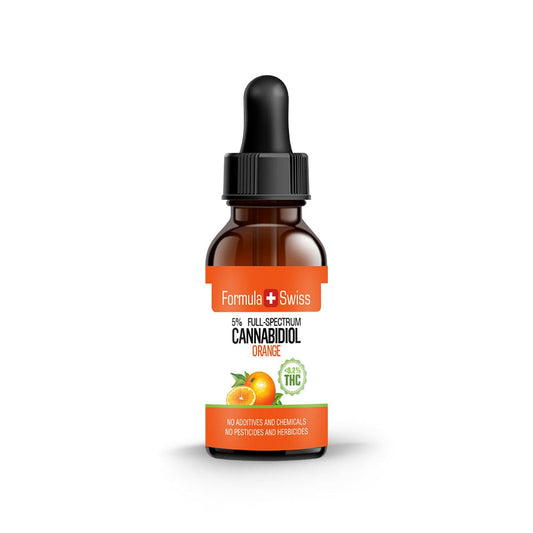
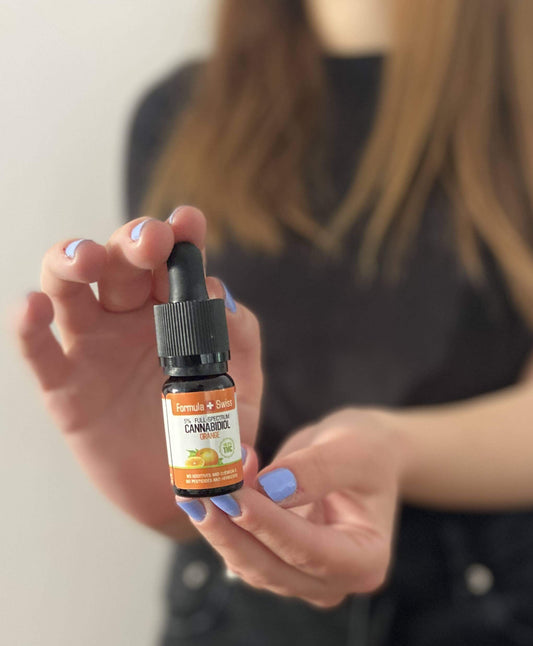 Sale 30% Off for 10 20% Off for 5
Sale 30% Off for 10 20% Off for 5CBD Oil in MCT Oil Orange
Regular price From €23.00Regular priceUnit price per€25.00Sale price From €23.00Sale -
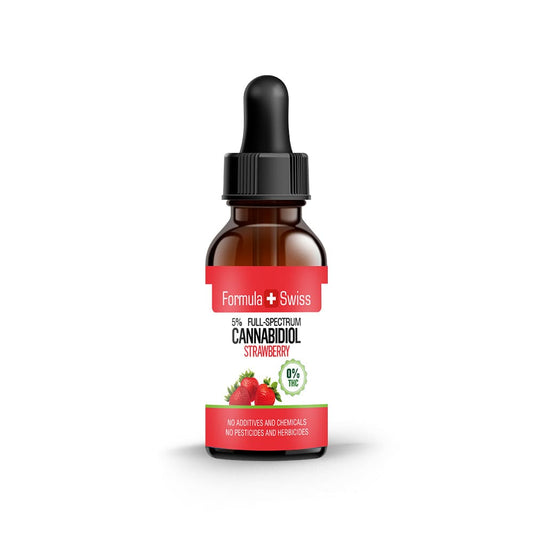
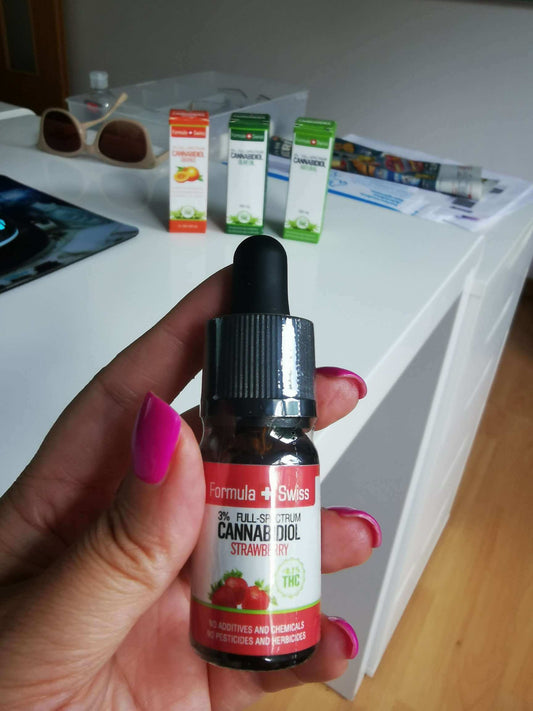 Sale 30% Off for 10 20% Off for 5
Sale 30% Off for 10 20% Off for 5CBD Oil in MCT Oil Strawberry
Regular price From €23.00Regular priceUnit price per€25.00Sale price From €23.00Sale -
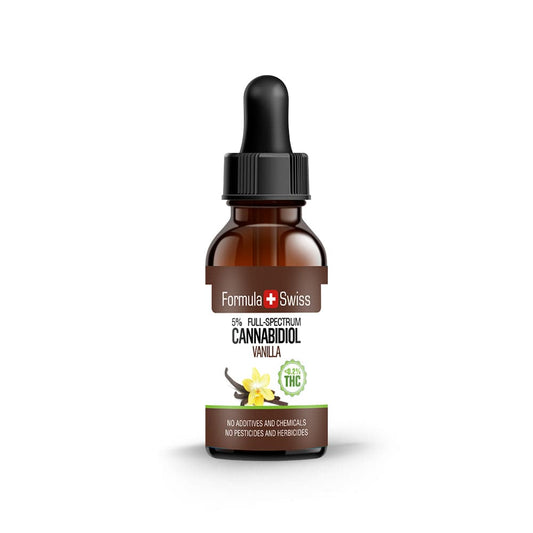
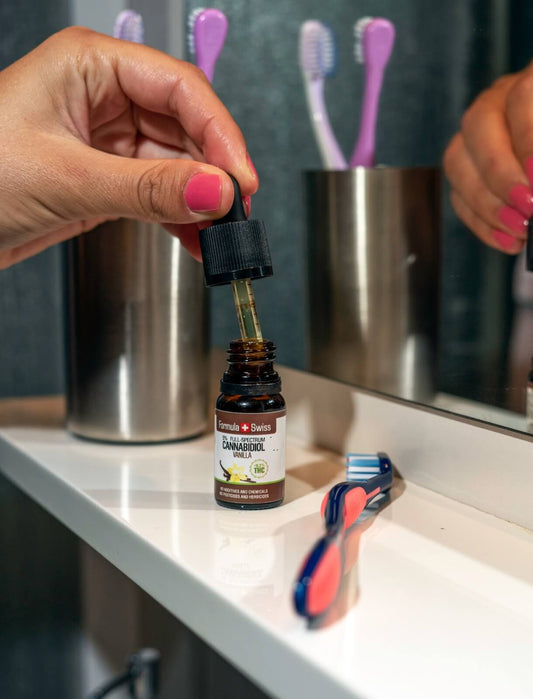 Sale 30% Off for 10 20% Off for 5
Sale 30% Off for 10 20% Off for 5CBD Oil in MCT Oil Vanilla
Regular price From €23.00Regular priceUnit price per€29.00Sale price From €23.00Sale -
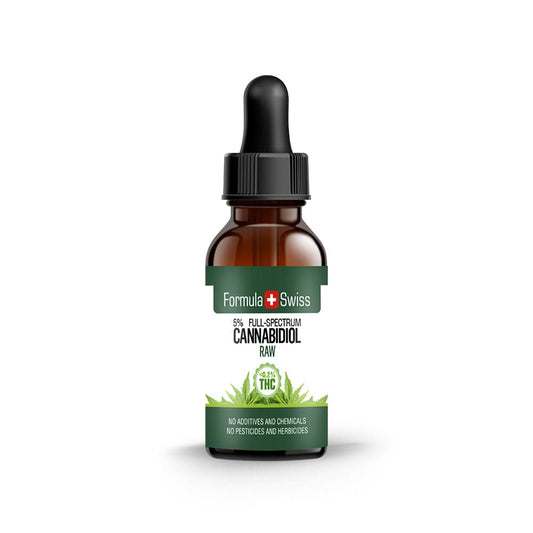
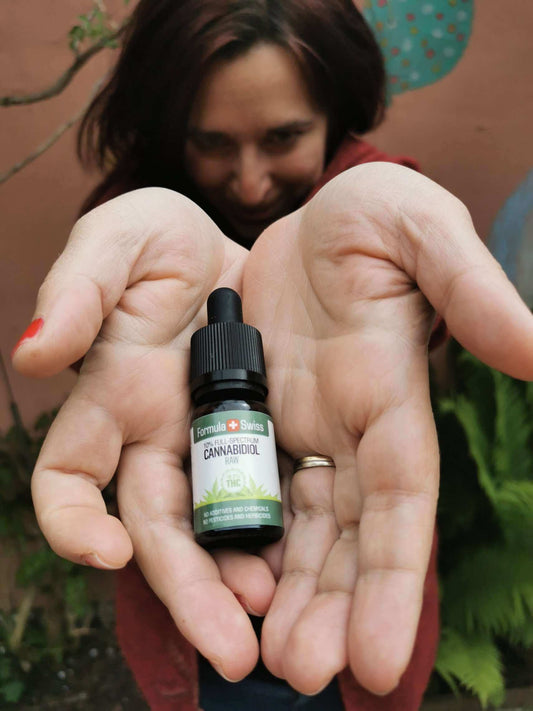 Sale 30% Off for 10 20% Off for 5
Sale 30% Off for 10 20% Off for 5RAW CBD Oil in Hemp Seed Oil
Regular price From €33.00Regular priceUnit price per€39.00Sale price From €33.00Sale -

 Sale 30% Off for 10 20% Off for 5
Sale 30% Off for 10 20% Off for 5CBD Oil in MCT Oil Strawberry - End of Year Sale
Regular price From €9.20Regular priceUnit price per€25.00Sale price From €9.20Sale -

 Sale 30% Off for 10 20% Off for 5
Sale 30% Off for 10 20% Off for 5CBD Oil in MCT Oil Orange - End of Year Sale
Regular price From €35.40Regular priceUnit price per€69.00Sale price From €35.40Sale -

 Sale 30% Off for 10 20% Off for 5
Sale 30% Off for 10 20% Off for 5CBD Oil in MCT Oil Natural - End of Year Sale
Regular price From €23.00Regular priceUnit price per€25.00Sale price From €23.00Sale -

 Sale 30% Off for 10 20% Off for 5
Sale 30% Off for 10 20% Off for 5CBD Oil in MCT Oil Vanilla - End of Year Sale
Regular price From €23.00Regular priceUnit price per€29.00Sale price From €23.00Sale -

 Sale 30% Off for 10 20% Off for 5
Sale 30% Off for 10 20% Off for 5CBD Oil in Olive Oil - End of Year Sale
Regular price From €9.20Regular priceUnit price per€29.00Sale price From €9.20Sale
Order more, get more
-

30% discount on 10 products ordered
-

20% discount on 5 products ordered
About Formula Swiss CBD Oil
Experience the best CBD oils with our Swiss-made, organic and vegan-certified CBD oils made from Cannabis Sativa hemp plants.
Our proprietary CO2 extraction and refinement process guarantees unrivalled purity and potency while ensuring no chemicals are used, providing a safe and natural choice for your wellness journey.
Buy CBD Oil Directly From Us
Since 2013, we've provided top-quality CBD products at highly competitive prices.
Most other CBD brands offer imported products sourced from resellers worldwide. These CBD brands, by adding extra layers of middlemen increase the risk of lower quality and cannabinoid content. This also adds extra costs, which drive up prices for customers.
Full-Spectrum CBD Oil: A Natural Blend of Plant Compounds
Our full-spectrum CBD oils contain a wide range of cannabinoids, terpenes, flavonoids, and natural plant compounds. This diverse profile reflects the complexity of the hemp plant and highlights how these elements can work together in harmony.
RAW CBD Oils
RAW CBD oils are a natural form of oil with a higher content of CBDA (cannabidiolic acids), which gradually converts into CBD in the hemp plant, hence the name "RAW CBD." The extraction process preserves the plant's original cannabinoid profile, including CBDA, which is known for its potential health benefits.
RAW CBD oil is perfect for those seeking full-spectrum CBD with the natural components of the hemp plant, as intended by nature.
Broad-Spectrum CBD Oil: Comprehensive Benefits, Zero THC
Choose our broad-spectrum CBD oils for a THC-free option that still offers a wealth of beneficial compounds derived from the hemp plant. Enjoy the advantages of cannabinoids, terpenes, and more, without any THC exposure risk.
Any Questions?
Check out the most frequently asked questions at the bottom of the page, or contact us.
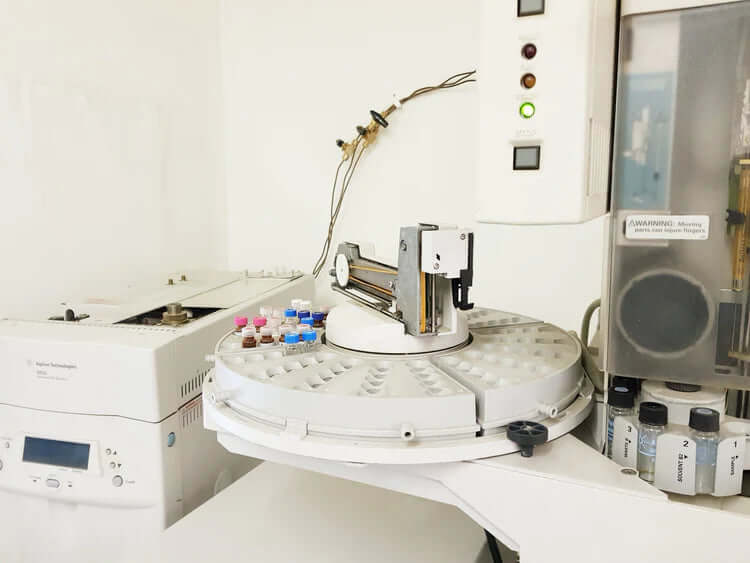
Highest Quality CBD Oils From Switzerland
Our CBD Oils stand out due to their top-notch quality, backed by GMP and ISO 22716-2007 certifications for production, and COSMOS ORGANIC and The Vegan Society (UK) endorsements for our products.
We ensure safety and effectiveness by conducting third-party testing on every batch and undergoing frequent inspections by local authorities and customs.

GMP and ISO 22716 Certified Production
Our company has been following Good Manufacturing Practices (GMP) and the official ISO 22716-2007 standard for many years and was officially certified in 2019.
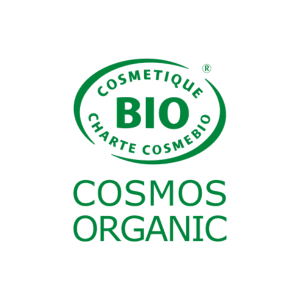
Organic Certification
Our CBD Oils are certified with COSMOS ORGANIC in Germany and has achieved what we consider the highest organic certification standard possible in Europe.

Vegan Certification
Our CBD Oils are certified vegan by The Vegan Society (UK).
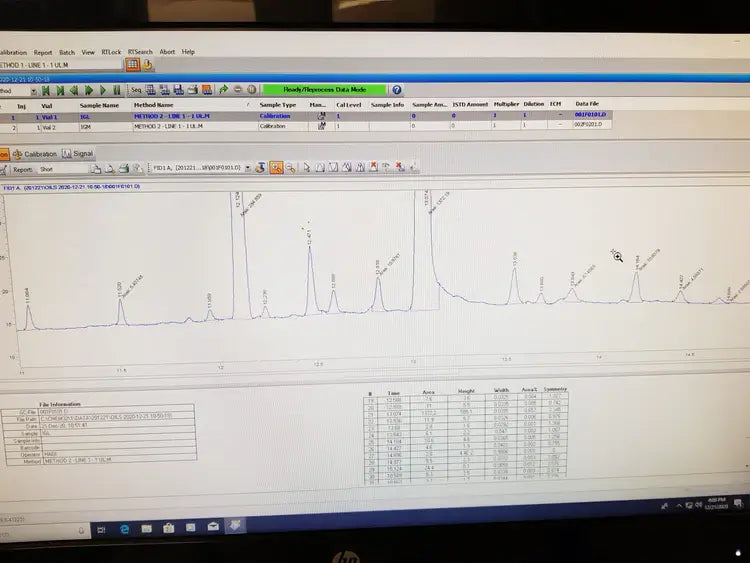
Third-party Testing in Swiss Laboratories
Each production batch is tested in third-party Swiss laboratories specialised in testing and analysing CBD Oils using recognized testing methods and equipment.
Our CBD Oils has never failed a third-party test, which is a testament to our dedication to providing you with the highest quality products available so you can confidently enjoy the health benefits of our pure CBD oil product.
Frequently Asked Questions About CBD Oils
-
What is CBD Oil?
-
How Should I Use CBD Oil?
-
Which Carrier Oil Should I Choose?
-
How Should I Store CBD Oils?
-
Which CBD Concentration Should I Choose?
-
What Are The Benefits of CBD?
-
Can CBD Oils be Applied to The Skin?
-
How Long Does CBD Take to Work?
-
Should I Choose Full-spectrum or Broad-spectrum CBD?
-
When Should I Use CBD Oil?
-
What is The Shelf Life of CBD Oil?
-
Can I Drive After Using CBD Oil?
-
Are Formula Swiss CBD Oils Legal?
-
Will CBD Make me Intoxicated?
-
Does CBD Have Medicinal Effects?
-
Can I Overdose on CBD Products?
-
What’s The Difference Between CBD And THC?
-
Is CBD Safe For Children?
-
Does CBD Have Side Effects?
-
How Fast do CBD Oils Work?
-
Is CBD Oil Addictive?
-
Are They Halal?
-
Are These CBD Products Food Supplements?
-
Are CBD Oil, CBD Drops, CBD Tinctures, And Cannabis Oil The Same Thing?
-
What Are Cannabinoids?
-
What Are Terpenes?
-
-
-
-























